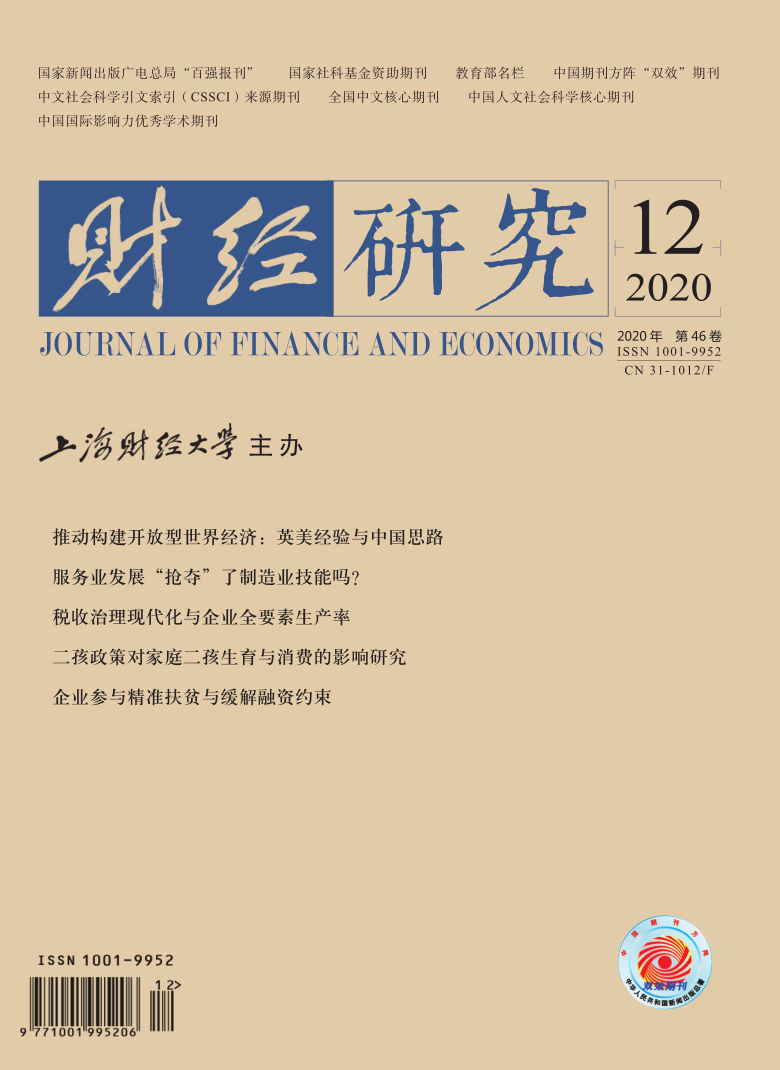At the stage of the macroeconomic downside, the structural problems of China’s economy gradually become apparent, and the high leverage ratio of non-financial enterprises has become the focus of supply-side structural reform. Existing studies mainly analyze the formation mechanism of enterprises’ leverage ratio from the perspective of micro-enterprises, but few researches focus on the leverage’s dynamic evolution from the perspective of external shocks.Based on the typical facts of China’s two-way opening up and the gradual improvement of the RMB exchange rate formation mechanism, this paper selects the exchange rate policy uncertainty as external shock and aims to explore its effect on non-financial enterprises’ leverage in China. Using the data of Chinese listed non-financial enterprises spanning from 2003 to 2018, this paper aims to address the following questions: Can the exchange rate policy uncertainty increase the leverage of enterprises? What are the internal potential transmission channels? Is there any heterogeneity in the impact of exchange rate policy uncertainty across different types of enterprises?
Our results show that the exchange rate policy uncertainty could increase non-financial enterprises’ leverage. And when the exchange rate policy uncertainty increases by 10 percent, non-financial enterprises’ leverage will increase by an average of 20 percent subsequently. In addition, the impacts are more pronounced in enterprises with lower financing constraints, foreign business, lower productivity, and lower growth. Specifically, the exchange rate policy uncertainty will affect non-financial enterprises’ leverage through leading to international capital flows, reducing investment efficiency and increasing risk-taking, in which international capital flows play a leading role. The results indicate that when making and adjusting exchange rate policies, decision-making authorities should pay close attention to the efficient combination of variable policies. And the decision-making departments need to strengthen the management of capital projects, improve the monitoring of international capital flows, deepen the financial market reform, and fundamentally improve the market mechanism for resource allocation.
The marginal contributions of this paper are as follows: First, based on the reality of China’s two-way financial opening up and the gradual reform of the RMB exchange rate market, exploring the effect of exchange rate policy uncertainty on micro-enterprises’ leverage and its transmission mechanism is useful for the deeper clarification of how the exchange rate policy uncertainty impacts on the leverage. Second, from the perspective of corporate finance, this paper empirically examines the impact of exchange rate policy uncertainty on the leverage of non-financial enterprises, which helps to provide a theoretical basis and practical reference for the supply-side structural reform at the micro level.






 4956
4956  5125
5125

